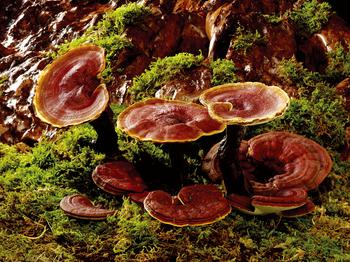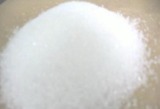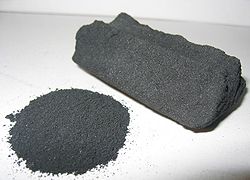- Basic Chemicals
- Medicine raw material
- Food Additives
- Citric Acid Anhydrate
- Citric Acid Monohydrate
- Potassium Sorbate
- Tripotassium Citrate
- Tricalcium Citrate
- Potassium Chloride
- Monopotassium Phosphate
- Monosodium Phosphate
- Amino Acid
- Plant Isolation
- Activated carbon
- CLOTH
- Medical Device
Citric Acid Anhydrous
- Product Numbers: 2014070005
- Price: US $
- Product description: Citric acid is a weak organic acid with the formula C6H8O7. It is a natural preservative/conservative and is also used to add an acidic or sour taste to foods and drinks. In biochemistry, the conjugate base of citric acid, citrate, is important as an intermediate in the citric acid cycle, which occurs in the metabolism of all aerobic organisms. It consists of 3 carboxyl (R-COOH) groups. Citric acid is a commodity chemical, and more than a million tonnes are produced every year by fermentation. It is used mainly as an acidifier, as a flavoring, and as a chelating agent.

The dominant use of citric acid is as a flavoring and preservative in food and beverages, especially soft drinks.[8] Within the European Union it is denoted by E number E330. Citrate salts of various metals are used to deliver those minerals in a biologically available form in many dietary supplements. The buffering properties of citrates are used to control pH in household cleaners and pharmaceuticals. In the United States the purity requirements for citric acid as a food additive are defined by the Food Chemicals Codex, which is published by the United States Pharmacopoeia (USP).
Foods, other[edit]
Citric acid can be added to ice cream as an emulsifying agent to keep fats from separating, to caramel to prevent sucrose crystallization, or to recipes in place of fresh lemon juice. Citric acid is used with sodium bicarbonate in a wide range of effervescent formulae, both for ingestion (e.g., powders and tablets) and for personal care (e.g., bath salts, bath bombs, and cleaning of grease). Citric acid is also often used in cleaning products and sodas or fizzy drinks.
Citric acid sold in a dry powdered form is commonly sold in markets and groceries as "sour salt", due to its physical resemblance to table salt. It has use in culinary applications where an acid is needed for either its chemical properties or for its sour flavor, but a dry ingredient is needed and additional flavors are unwanted (e.g., instead of vinegar or lemon juice).
Cleaning and chelating agent[edit]
Citric acid is an excellent chelating agent, binding metals. It is used to remove limescale from boilers and evaporators.[8] It can be used to soften water, which makes it useful in soaps and laundry detergents. By chelating the metals in hard water, it lets these cleaners produce foam and work better without need for water softening. Citric acid is the active ingredient in some bathroom and kitchen cleaning solutions. A solution with a 6% concentration of citric acid will remove hard water stains from glass without scrubbing. In industry, it is used to dissolve rust from steel. Citric acid can be used in shampoo to wash out wax and coloring from the hair.
Illustrative of its chelating abilities, citric acid was the first successful eluant used for total ion-exchange separation of the lanthanides, during the Manhattan Project in the 1940s. In the 1950s, it was replaced by the far more efficient EDTA. It can be used to substantially slow setting of Portland cement.
Cosmetics and pharmaceuticals[edit]
Citric acid is widely used as a pH adjusting agent in creams and gels of all kinds. In this role, it is classified in most jurisdictions as a processing aid and so does not need to be listed on ingredient lists.
Citric acid is an alpha hydroxy acid and used as an active ingredient in chemical peels.
Citric acid is commonly used as a buffer to increase the solubility of brown heroin. Single-use citric acid sachets have been used as an inducement to get heroin users to exchange their dirty needles for clean needles in an attempt to decrease the spread of AIDS and hepatitis.[14] Other acidifiers used for brown heroin are ascorbic acid, acetic acid, and lactic acid; in their absence, a drug user will often substitute lemon juice or vinegar.
Citric acid is used as one of the active ingredients in the production of antiviral tissues.[15]












